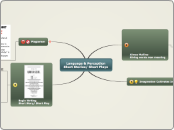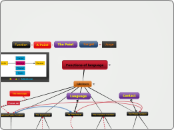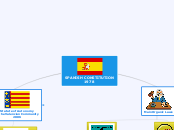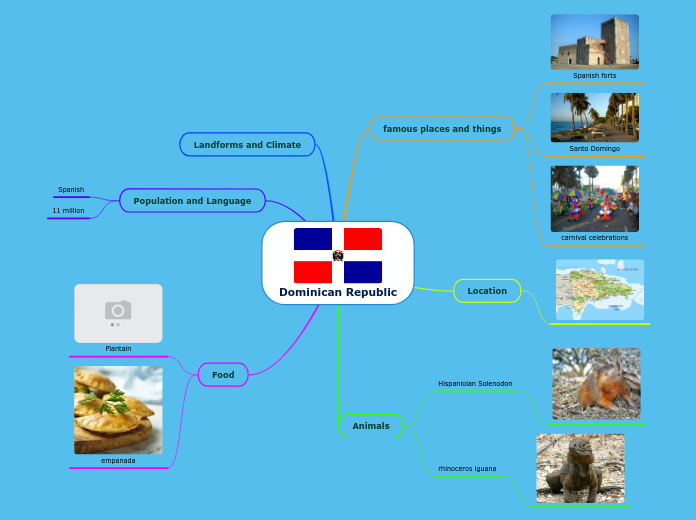av cristian chiguano 6 år siden
245
Classification of Language
Languages can be classified in various ways, each reflecting a distinct aspect of how people communicate. A language family consists of languages that trace their origins back to a common ancestor, known as the proto-language.









